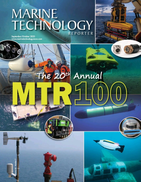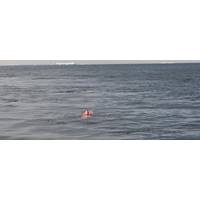
AI is Boosting Operational Autonomy
. “Current systems predominantly exhibit partial autonomy, performing pre-defined missions with limited adaptability. However, advancements in hybrid localisation techniques, multi-modal sensor fusion, and AI-driven decision-making are pushing the boundaries of autonomy, enabling autonomous underwater systems to adapt dynamically to complex underwater environments.”Control systems bridge the gap between decision making and physical execution, and they are increasingly incorporating AI-based frameworks that enable real-time adaptive behaviour by processing multi-modal data from navigation systems

Deeply Innovative: Drivers in Subsea Defense
, surveillance, and reconnaissance (ISR), while HERMES is a rugged, self-righting trimaran for logistics and high-speed tracking.SP-48 solar-powered USV. Credit: SeaTrac SystemsHORUS vessel. Credit: SubSeaSailSubsea Communication Networks: Connecting the Underwater BattlespaceAs unmanned underwater systems proliferate, reliable underwater communication is equally as critical as navigation and sensing, and MTR100 companies are pioneering solutions that enable navies to create highly integrated and distributed subsea networks.Sonardyne has long been a leader in subsea communications and positioning

DEEP Expands U.S. Operations with $100m Investment, Builds Subsea Human Habitat in Florida
technology.As part of the Vanguard build program, DEEP has awarded a multimillion-dollar contract to Triton Submarines, the Florida-based manufacturer of advanced submersibles. Triton will provide critical engineering services, leveraging its expertise in pressure vessel design, certification, and underwater systems integration.DEEP has also engaged Bastion Technologies, with its expertise in aerospace and subsea engineering, and Unique Group, a global leader in diving and marine services, to further strengthen the Vanguard project team's capabilities.At the Houston facility, Wire Arc Additive Manufacturing
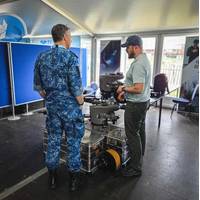
Blueye Robotics to Deliver ROVs to the Netherlands Royal Navy
to supply underwater remotely operated vehicles (ROVs) to the Netherlands Royal Navy.The ROV systems will be delivered with advanced capabilities tailored for military engineers and mine countermeasure (MCM) teams.The awarded contract highlights the increasing demand for compact, user-friendly underwater systems to support complex military operations in inshore and coastal environments. The ROV will be used in a wide range of mission profiles including:Diving operations: supporting reconnaissance, mobility and counter-mobility tasks, demolitions, and swimmer delivery missions.Surface swimmer and small
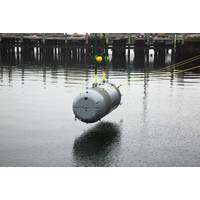
Supersize It: The U.S. Navy Is Seeking an Ultra-Large AUV
(SSGNs), and mission sets that could be enhanced by the greater endurance, range, and internal volume provided by a UL-AUV.One possible objective of the UL-AUV program would be the development of an "underwater mothership" capable of launching and recovering a wide range of uncrewed underwater systems. With range/endurance remaining a limiting factor in AUV operations for the foreseeable future, a UL-AUV could provide a forward-deployed charging station to enable a persistent, wide-area, covert forward undersea presence. The Navy's recent successful testing of the Yellow Moray torpedo
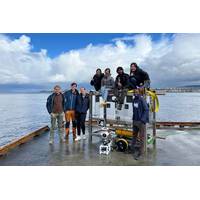
Blueye: Making An ROV Autonomous
and Gabriele Kasparaviciute and eight master’s students, has now completed their first successful field operation in the Trondheim fjord. The field operation was carried out in collaboration with NTNU’s larger ROV, Minerva, and marks an important technological advancement in autonomous underwater systems. The test demonstrated for the first time that a compact ROV like the Blueye X3 can operate autonomously.The project team has further developed both the underwater drone and the necessary infrastructure required for long-term autonomous underwater operations. This means the drone must be able
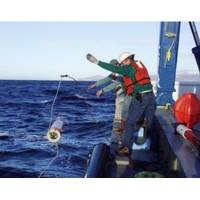
Kongsberg Discovery Acquires Sonatech, Expands in the United States
the defense sector. For Kongsberg Discovery, the acquisition of SURF will enable increased market access and growth in the US. Sonatech provides advanced sonar solutions, with expertise in technical design, development and manufacturing. Its products are used in nearly every class of U.S. Navy underwater systems.

NOC and Royal Navy Renew MOU on Underwater Systems
science and technology. The MOU, which includes collaboration with the Defense Science and Technology Laboratory (Dstl), the Ministry of Defense (MOD)’s science and technology organization, underscores a shared commitment to fostering innovation and advances in autonomous and robotic underwater systems.With expertise from NOC Innovations, the applied research and commercialization arm of NOC, the agreement will help enhance the UK’s leadership in marine science and technology.A ceremonial signing took place during the Ocean Business conference and exhibition at NOC in Southampton in
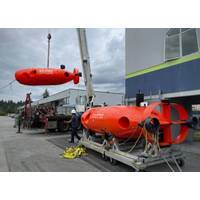
Leidos and Nauticus Robotics Forge Strategic Alliance
robotics and software, has entered into a strategic alliance with Leidos to advance subsea autonomy solutions.The alliance builds on a successful prior collaboration between the two organizations and aims to combine the companies' complementary expertise to develop next-generation autonomous underwater systems capable of tackling increasingly complex missions.Nauticus will apply its expertise in commercial subsea vehicle development, including its flagship Aquanaut system, along with its proprietary unmanned vehicle software platform, ToolKITT, to enhance the capabilities of future unmanned underwater

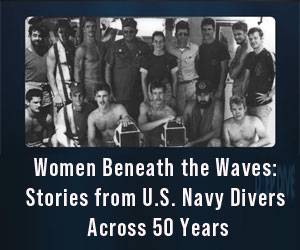
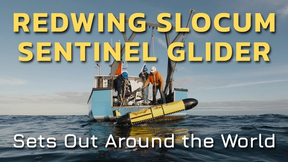
 August 2025
August 2025


